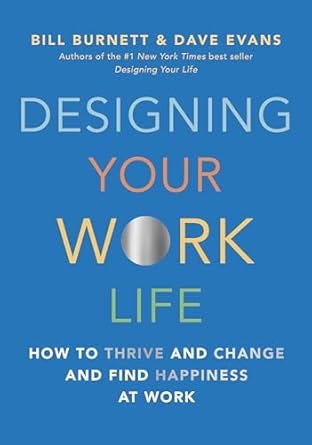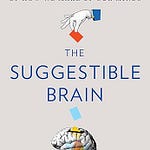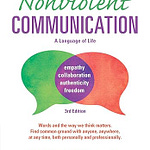The authors of the #1 New York Times bestseller Designing Your Life taught readers how to use design thinking to build meaningful, fulfilling lives. Now, in the original Designing Your Work Life, they apply that transformative thinking to the place we spend more time than anywhere else—work—and show readers how to create the job they want, without necessarily leaving the job they already have. Designing Your Work Life teaches readers how to create the job they want—without necessarily leaving the job they already have.
“Increasingly, it’s up to workers to define their own happiness and success in this ever-moving landscape,” they write, and chapter by chapter, they demonstrate how to build positive change, wherever you are in your career. Whether you want to stay in your job and make it a more meaningful experience, or if you decide it’s time to move on, Evans and Burnett show you how to visualize and build a work life that is productive, engaged, meaningful, and more fun.
Here are 5 key lessons from Designing Your Work Life by Bill Burnett and Dave Evans:
Reframe Your Problems: One of the main concepts of the book is to approach challenges at work with a design mindset. Instead of seeing obstacles as problems, reframe them as opportunities for design. This shift in perspective allows for creative solutions that may have been overlooked.
Prototype Your Career: Rather than making big, risky career decisions all at once, the authors encourage “prototyping.” This involves testing small changes and experimenting with different roles or tasks to determine what brings you satisfaction and what aligns with your strengths, before committing to a larger decision.
Work-Life Integration, Not Balance: The book emphasizes that the idea of “work-life balance” is outdated. Instead, the authors advocate for work-life integration—designing a life where work and personal fulfillment support one another, allowing for more flexibility and a healthier approach to both.
Don’t Be Afraid to Pivot: It’s normal for your career to change directions as your interests and circumstances evolve. The book teaches that it’s important to be open to pivoting when necessary, whether that means changing roles, companies, or industries in pursuit of greater satisfaction.
Focus on Meaning and Impact: The book stresses the importance of finding meaning and purpose in your work. Instead of focusing solely on external rewards like salary or status, the authors encourage readers to consider how their work aligns with their values, passions, and the impact they want to have on others.










